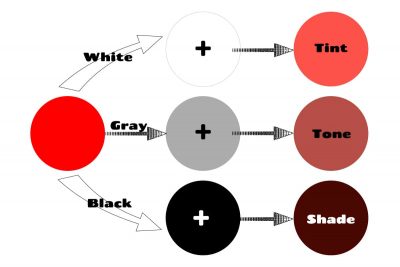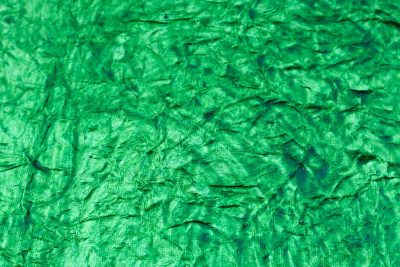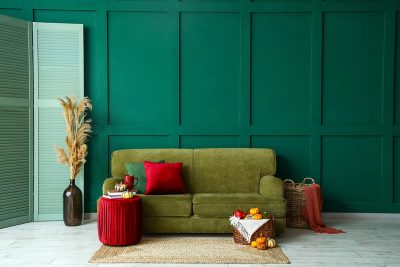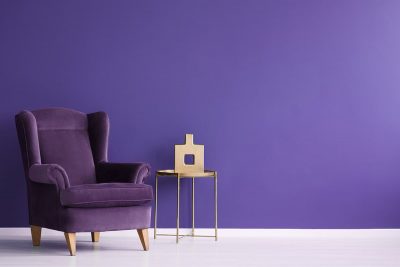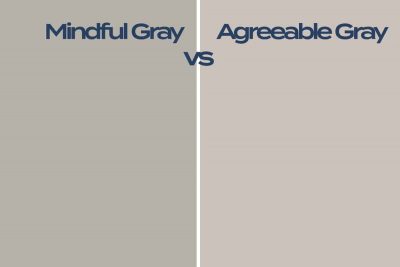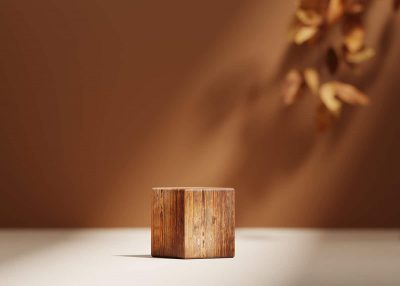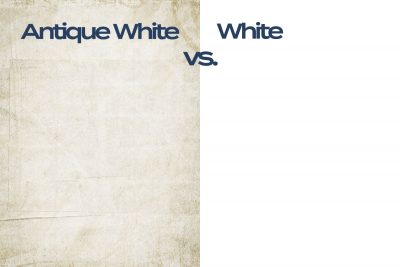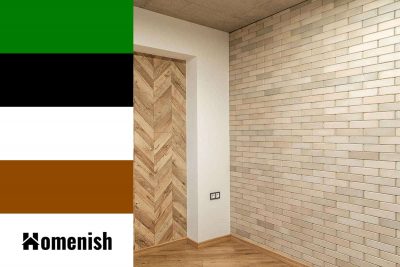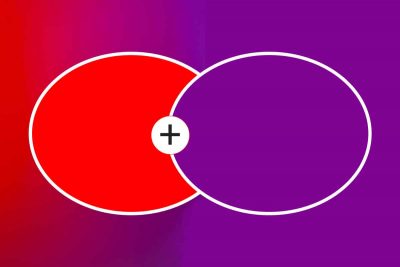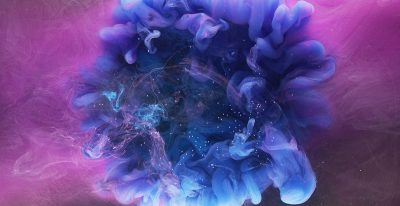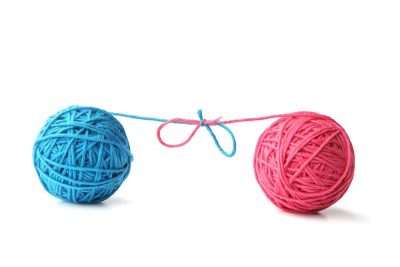Explore popular colors that are used in home decor and ways to pair colors together with our in-depth ideas and tips
Tints, tones, and shades are terms you’ll hear often if you’re involved in anything that uses color theory. Artists, fashion designers, and interior designers will all be familiar with the impact of tints, tones, and shades on color schemes and on the energy they create.
Green is a secondary color, which means it can be made by mixing two primary colors together. The colors you will need to make green are blue and yellow, but the type of blue and yellow you use are going to dictate the type of green you end up with.Here we investigate how to make a range of different types of green.
Green is absolutely thriving in the world of interior design right now, as it continues to grow in popularity as a paint color, fabric color, and furniture color in home decor. Here we explore some of the best shades of green that are trending at the moment, along with green hex codes and how to use these colors in home decor.
Purple is one of the lesser-used colors when it comes to interior design, but it can be used to great effect if you want to invoke a sense of elegance and glamor, or if you are creating a space based on a spring-time floral theme.
Mindful Gray and Agreeable Gray are both popular paint colors from Sherwin-Williams. They are both classed as warm grays, but they have some differences in terms of their undertones and overall appearance.
For a true brown, mix an even combination of all three primary colors; red, blue, and yellow. You can alter the shade of brown you get by varying the amount of the primary colors in the mixture. By using the principles of color theory, you can also create brown by mixing a secondary color with its complementary primary color.
Antique white is a shade of off-white which has a warm tone. It is made by adding the smallest amount of yellow to white, to create a very pale, creamy color. By comparison, white is neither warm nor cool, and is perfectly neutral because it lacks color of any kind.
Almond is a natural neutral based on the pale color of these edible nuts. Here we explore everything about the color of almond, looking at the best colors to use alongside it, and the meaning of this color.
Interestingly, yellow can be made by mixing two other colors together. When red and green are mixed, the red neutralizes the blue in green, which leaves us with yellow. This is a trick that works well with lighting, but isn’t always as successful when it comes to mixing paints.
Red is a primary color, while purple is a secondary color, and when the two are mixed in equal proportions, the resulting color is magenta, which is a tertiary color.
When blue and purple are mixed, the resulting color is called blue-purple or blue-violet. This is a color that sits halfway between blue and purple and has a cooler temperature than regular purple, though it isn’t quite as cool as solid blue.
When red and blue are mixed in even proportions, they will make violet. If you alter the percentages of red and blue in the mixture, then the final color will still be a shade of purple, but it will either be a cooler or warmer shade depending on the amount of red and blue in the mix.
